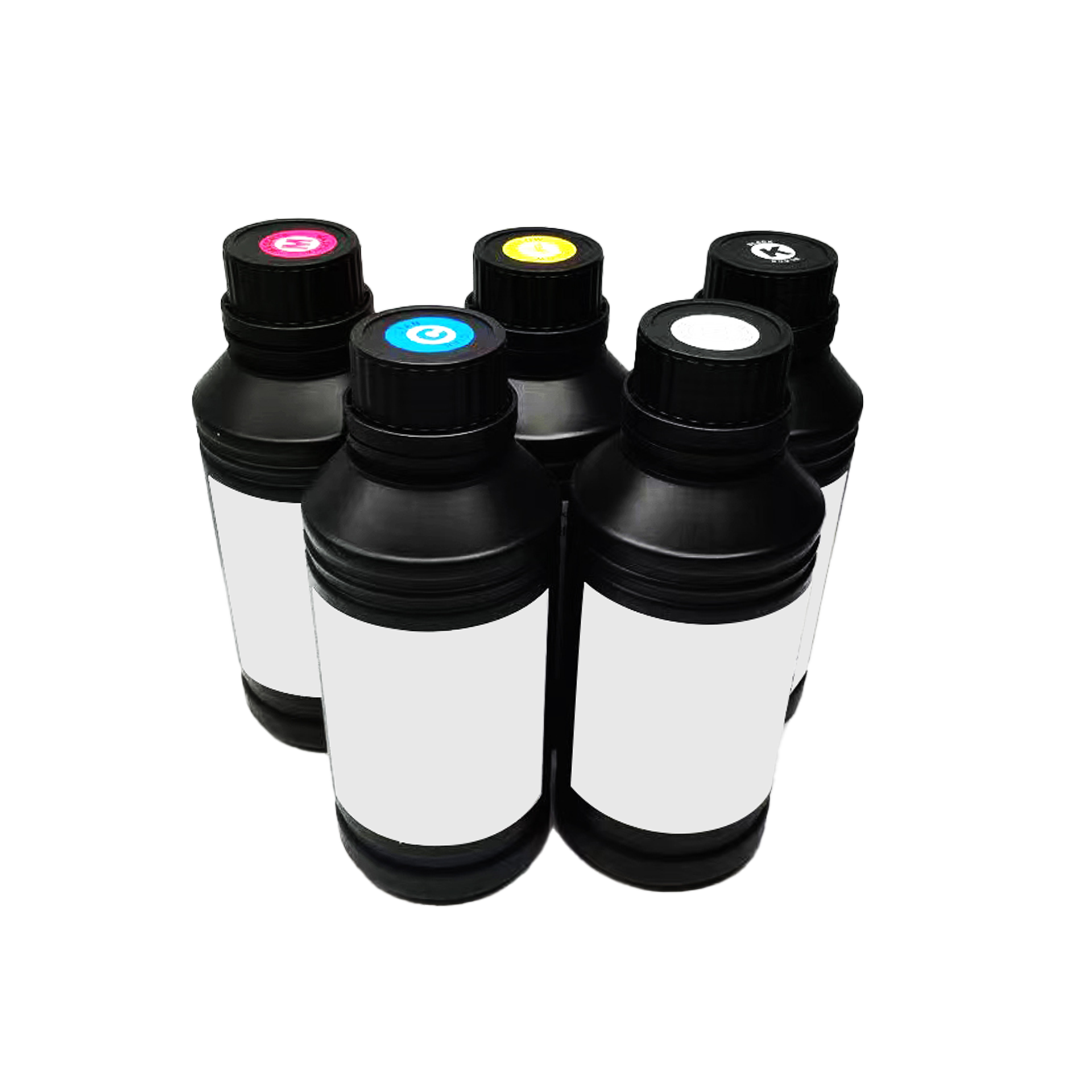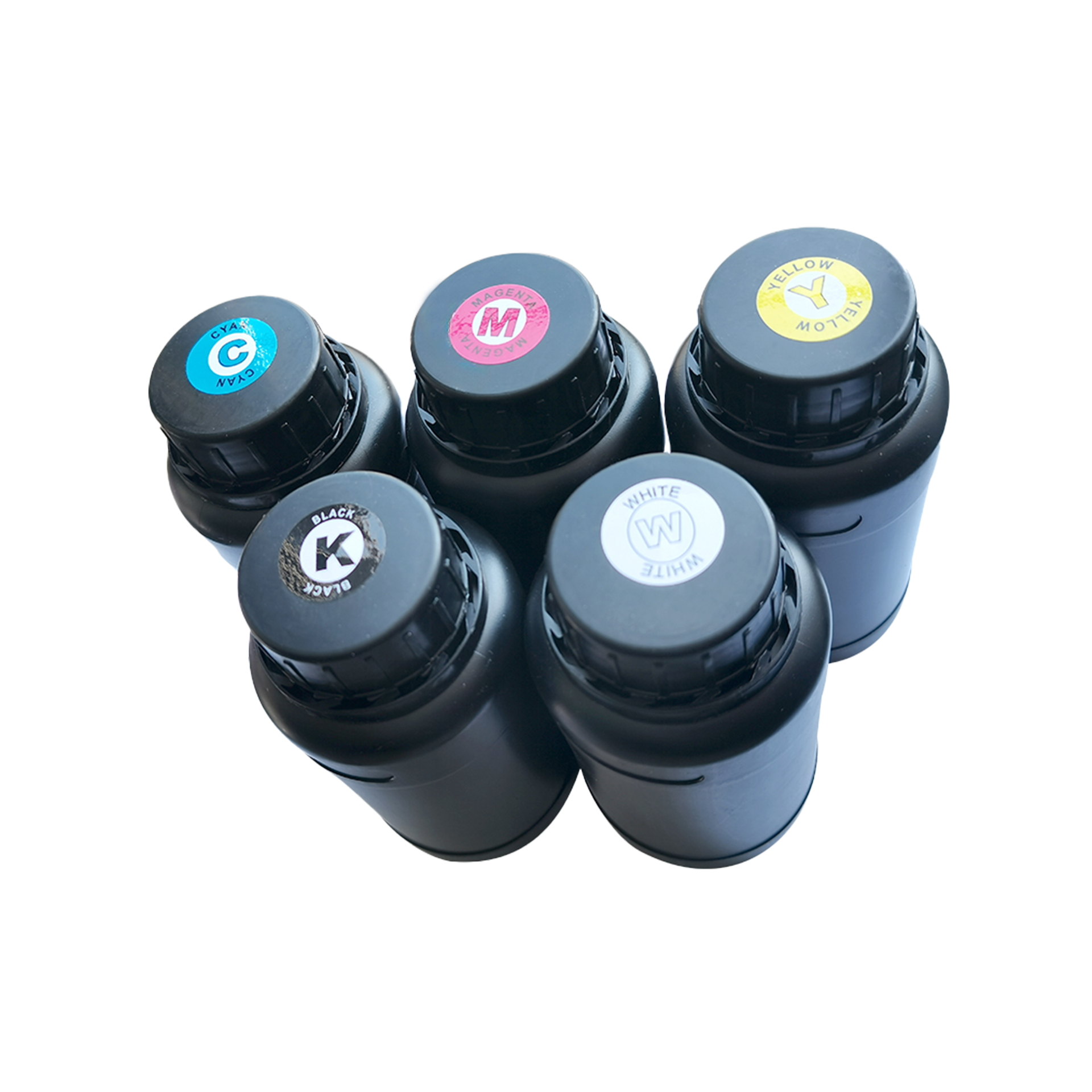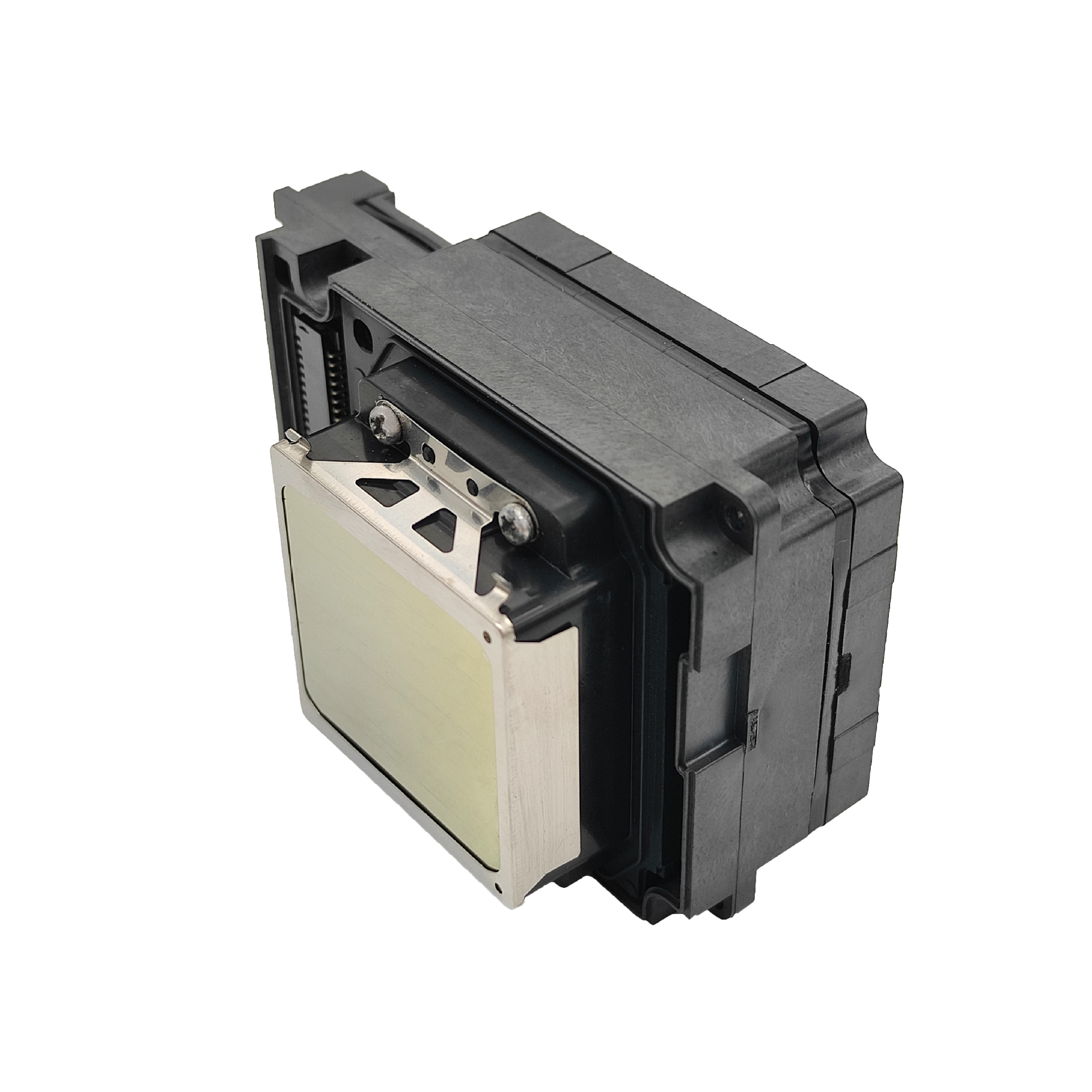Printer ink is the liquid material used in inkjet printers to generate images and text.
Composition: Ink typically consists of water, dyes or pigments, solvents, and additives. Additives can improve the ink's flow, drying speed, and adhesion.
Print Quality: The quality of the ink directly affects the print results. High-quality ink can provide better color reproduction, clarity, and detail representation.
Compatibility: Different brands and models of printers use different types of ink, so users need to ensure that the ink they purchase is compatible with their printer.
Storage: Ink should be stored in a cool, dry place, avoiding direct sunlight and high temperatures to maintain its performance and extend its shelf life.
Cost: The price of ink varies based on brand, type, and capacity, and users should consider printing costs and usage frequency when making a selection.
Environmental Friendliness: Many modern inks are made from eco-friendly materials, complying with relevant environmental standards to reduce their impact on the environment.
Usage Precautions: When replacing ink, users should follow the printer's instructions and avoid mixing different types of ink to prevent affecting print quality.






